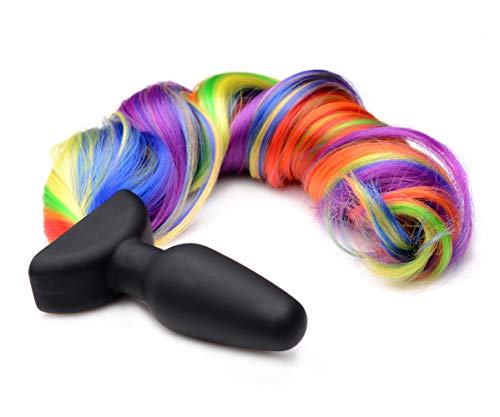Kay,
I'm so sorry about your filly. It's obvous how much you care and have worked to save her. I hope she comes around for you!
I had similar trouble getting my filly to nurse this spring- she was born at 363 days. I'd like to share my story in case someone reading this can benefit from my experience with a future foal in this situation. Obviously your situation with a dystocia and the maiden mare rejecting the foal is making things much more complicated so what worked for me may not always be possible. I think the take away message I want to share is to be generous with colostrum in first 10 hours if foal isn't nursing yet.
Although my mare was an excellent mother,she was in a lot of pain for the first 3 hours and wouldn't stand long enough for nursing. Once pain subsided the filly was fully unfolded and not reaching down far enough to latch on to the nipple. I let them try to figure it out for the first 3 hrs then tried guiding her for the next 2 hours. As 6 hours was coming arund, I got desperate because I knew the foal needed to get some energy and colustrum or it would crash and then outcome would not be good. I researched the method for using a syringe turned backward to milk the mare - and had no problem getting about 5 cc with each suction of the plunger. I read on the forum that some people were saying a minimum of 60 cc colostrum, but also read from other sources that the proportional amount to ensure passive transfer and adequate energy in a mini is as much as 200-300cc. Perhaps 60 cc is often adequate, but quality of colostrum varies and more is better (so long as you're not forcing it down with a syringe or tube). I was able to dump the milk I pumped into a small bottle with nipple and feed to the filly once I got 50-60cc in the bottle. She would drink about 75cc each hour or so. I was able to get her 300 cc by 10 hours and the extra energy kept the foal searching for the mares nipple on her own. After the initial bottle feeding to get the first 75cc, I would get the foal drinking on the bottle and then hold it down low by the mares udder so that the artificial nipple was in the same area as the real one. I would slide the real nipple over in to the filly's mouth. Eventually, I lengthened the feedings and once she had the 300 cc I watched for another hour as the filly found the real nipple on her own. I was fortunate to have a very good ending, but I really attribute it to milking and bottle feeding colostrum in a large quantity. The combination of 1)getting her more than enough colustrum for transfer of immunity, 2) bottle feeding a sufficient amount to keep her energy up to continue searching, and 3) encouraging the foal to keep latching on to the nipple by not overfeeding and holding the bottle in the udder area.


















































